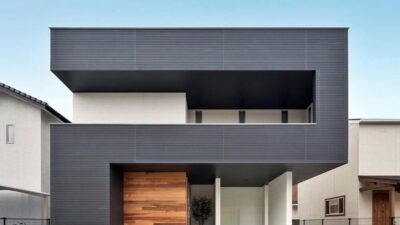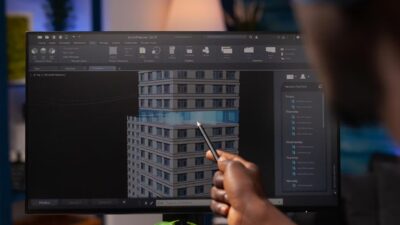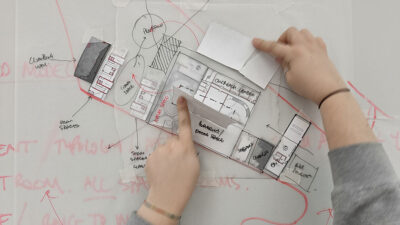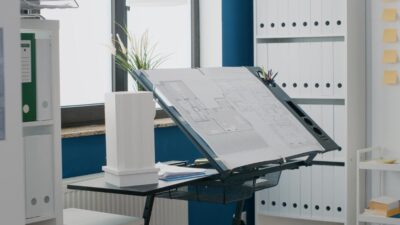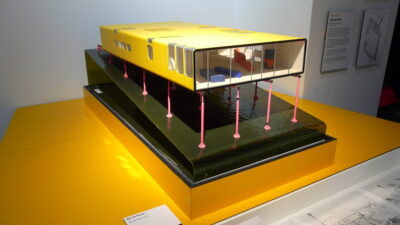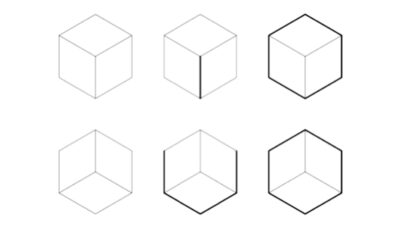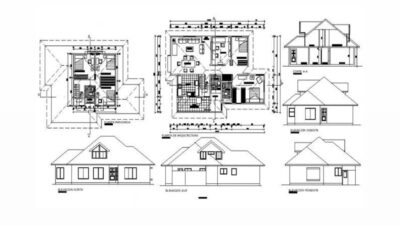Architecture and design have evolved from artistic expressions into business tools in the fast-paced visually-driven marketplace of today. The way you present your vision through communication determines whether you will secure investors or win high-end clients or close deals with architects. The solution arrives through 3d architectural visualization which converts complex concepts into tangible appealing visuals that seal business opportunities and obtain project approvals.
Creative professionals experience a revolutionary shift through the combination of artistic elements with architectural principles and business strategies. The strategic business goals merge with visual design aesthetics through 3D rendering to create an asset beyond its tool status. Let’s break down how.
The Business of Beauty: Why Visual Communication Drives Results
Architects together with designers have consistently used drawings and models to communicate their design concepts. The digital age demands more than technical plans and hand-drawn sketches because social media and immersive marketing combined with reduced attention spans require different visual approaches. Investors together with stakeholders and clients prefer to witness the final outcome rather than rely on their imagination. High-end interior design rendering creates visual clarity that enables better communication between parties.
Through floor plans clients can now experience a preview of their upcoming space. The photorealistic and immersive experience establishes trust between parties while generating emotional commitment. People make investments based on what they can visualize rather than abstract concepts. Business professionals who use this approach gain expedited approval processes and direct feedback which leads to streamlined workflows.
Visuals serve as a strategic tool to prevent communication errors between different parties. Construction projects require fewer revisions because all participants share the same project renderings. The implementation of this approach cuts down project duration and lowers expenses and prevents project expansion beyond original plans. Visuals help different teams maintain fast alignment because developers and engineers and realtors and marketers can use identical visual references.
The current market demands architecture firms and studios to invest in 3D architectural visualization because it delivers both creative advantages and financial benefits.
3D Visualization as a Scalable Business Tool
3D rendering technology enables businesses to discover fresh revenue streams through its implementation. Real estate developers utilize photorealistic renderings to market properties that have not been built yet. Real estate developers show potential buyers luxurious interior designs and beautifully landscaped courtyards and soothing lighting effects even though construction has not started. The emotional storytelling approach speeds up the sales process while securing initial funding.
3D imagery serves as a valuable branding tool for designers and architects. Professional-quality renders elevate a portfolio which helps designers attract premium clients. Professional designers need to present their designs to boutique hotels and high-end retail chains. A well-designed lobby or storefront presentation carries greater impact than a PDF document containing mood boards.
Furthermore, 3D assets are scalable. The same base model can be reused for:
- The marketing materials include website content and printed materials as well as advertising campaigns.
- Interactive walkthroughs (VR or 360° tours)
- Social media campaigns (Instagram, Pinterest)
- Client presentations and investor decks
Your team will receive visual assets through interior design rendering investment which power marketing activities together with sales operations and project execution.
Another advantage? Speed. The combination of contemporary tools alongside skilled rendering teams enables fast updates. Need to change wall finishes? Swap in different lighting schemes? Target a demographic with a more minimalist or luxurious aesthetic? The render allows full editing capabilities so you can avoid expensive prototypes and time-consuming reshoots.
The ability to adapt is essential because it helps organizations merge visual appeal with financial return. The rendering process accelerates design modifications while reducing client approval periods and produces a more refined final outcome.
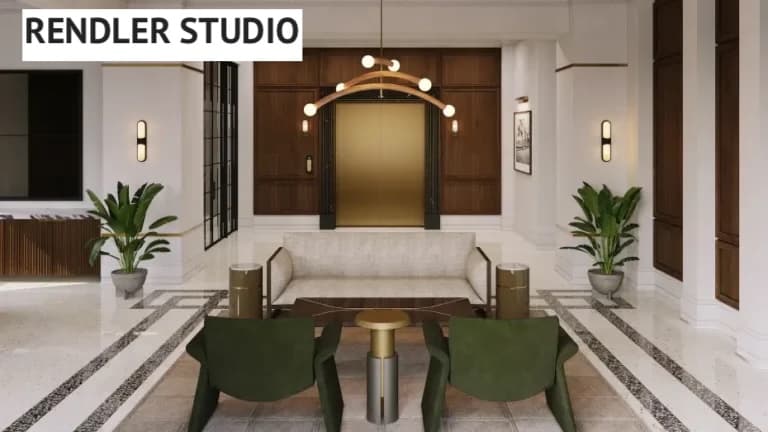
Where Design Meets Data: Smart Strategy Through Visualization
The purpose of architectural rendering extends beyond creating attractive visuals because it functions as a strategic alignment tool. The process of rendering enables stakeholders to see how physical spaces will operate and move through them and experience them which leads to design choices that support business objectives.
For example:
- Retail brands utilize different store layouts to maximize customer movement patterns.
- The restaurant designer utilizes simulation technology to show how lighting and ambiance appear during evening hours.
- Hotel operators use visualization tools to examine how guests move from the lobby through elevators during check-in procedures.
High-fidelity 3d architectural visualization enables organizations to assess and improve their experiences before spending any money. Business leaders gain the power to select decisions that combine data analysis with aesthetic considerations. The combination of logic and beauty happens through this process without any compromise.
Designers must adopt a cross-functional approach when creating hybrid spaces because these areas are becoming standard practice in the market. The implementation of visualization tools allows designers to evaluate multiple functional concepts early which decreases project risks and leads to better long-term usability.
3D rendering proves essential for stakeholder confidence because it demonstrates how physical spaces deliver both efficient operations and exceptional user experiences.
The Future Is Rendered: What This Means for Design Professionals
Design and architecture professionals at present need to adopt entrepreneurial thinking. Aesthetic choices should function as strategic tools rather than purely artistic expressions. Clients now seek concrete evidence instead of general statements about contemporary elegance or timeless design. They want to see it. Clients need to experience the precise materials together with shadows and dimensions and textures. Clients need to experience the space through their senses before making a financial commitment.
The practice of interior design rendering and architectural visualization has transitioned from being optional to becoming mandatory. The visualization techniques establish three essential professional qualities: competence, creativity and commercial awareness.
The professional transformation presents a substantial business opportunity to studios and independent practitioners. Studio professionals who achieve mastery of high-end visualization techniques together with expert partners will establish themselves as modern professionals who deliver creative solutions with financial value.
The needs of clients extend beyond mere aesthetic appeal. Clients seek performance-based spaces which deliver visual impact as well as emotional engagement and economic value. Through rendering technology you can demonstrate to clients exactly what their desired outcome will appear as.


